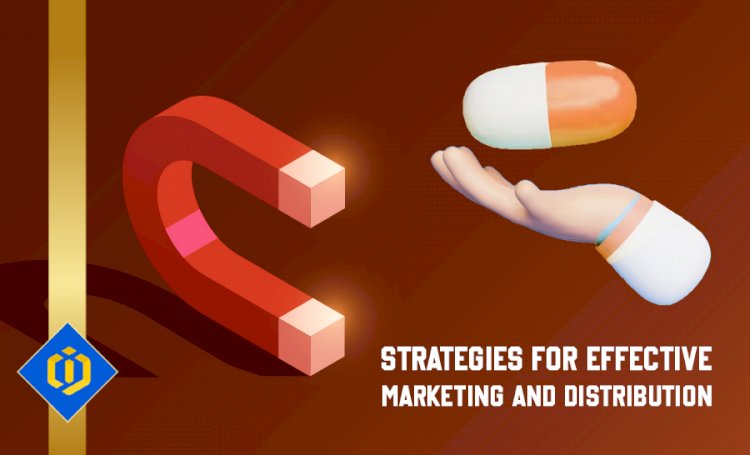Navigating the Pharmaceutical Marketplace: Strategies for Effective Marketing and Distribution

Introduction to Pharmaceutical Marketing and Distribution
After the production phase, the pharmaceutical journey enters a carefully orchestrated process of entering the market, aiming to achieve broad availability while adhering to strict advertising standards.
Regulatory Framework of Pharmaceutical Advertising
Pharmaceutical marketing practices are subject to rigorous oversight due to their potential impact on public health.
Ethics and Regulations of Drug Advertising: Unlike regular consumer goods, prescription drugs require a cautious approach to advertising, ensuring that messaging is evidence-based, non-misleading, and promotes appropriate use.
Direct-to-Consumer Advertising: In countries where it is permitted, direct-to-consumer (DTC) advertising of prescription drugs is heavily regulated to protect patients from inappropriate self-diagnosis and self-medication.
Distribution Strategies in a Global Marketplace
The global distribution of pharmaceuticals presents a complex tapestry of logistical, regulatory, and economic challenges.
Supply Chain Management: Efficient and responsive supply chain management is crucial, given the perishable nature of many pharmaceuticals and the need for specific storage conditions.
Navigating Diverse Regulatory Environments: Each country has its regulatory body, such as the FDA in the United States or EMA in the European Union, which imposes unique requirements for drug approval, sale, and post-marketing surveillance.
Economic Considerations in Marketing and Distribution
Marketing and distribution of pharmaceuticals involve intricate economic calculations.
Cost of Compliance: Adhering to various regulatory standards incurs significant costs, which pharmaceutical companies must balance against potential market size and revenue.
Pricing Strategies: Companies must develop pricing strategies that consider the costs of research and development, production, competitive landscape, and purchasing power of different markets.
The Role of Strategic Alliances
Pharmaceutical firms often form strategic partnerships to leverage local market expertise and distribution networks.
Collaboration with Local Distributors: These alliances can reduce barriers to entry in foreign markets and mitigate risks associated with regulatory compliance.
Joint Ventures and Mergers: Such corporate strategies play a vital role for companies aiming to expand their geographic footprint while managing economic scales.
Conclusion
Marketing and distributing pharmaceutical products require a delicate balance of economic strategy, regulatory compliance, and logistical expertise. The industry's success hinges not only on drug development but also on overcoming the multitude of challenges involved in bringing those drugs to a global market.
Author: Pooyan Ghamari, Swiss Economist & Visionary

 content-team
content-team 






















